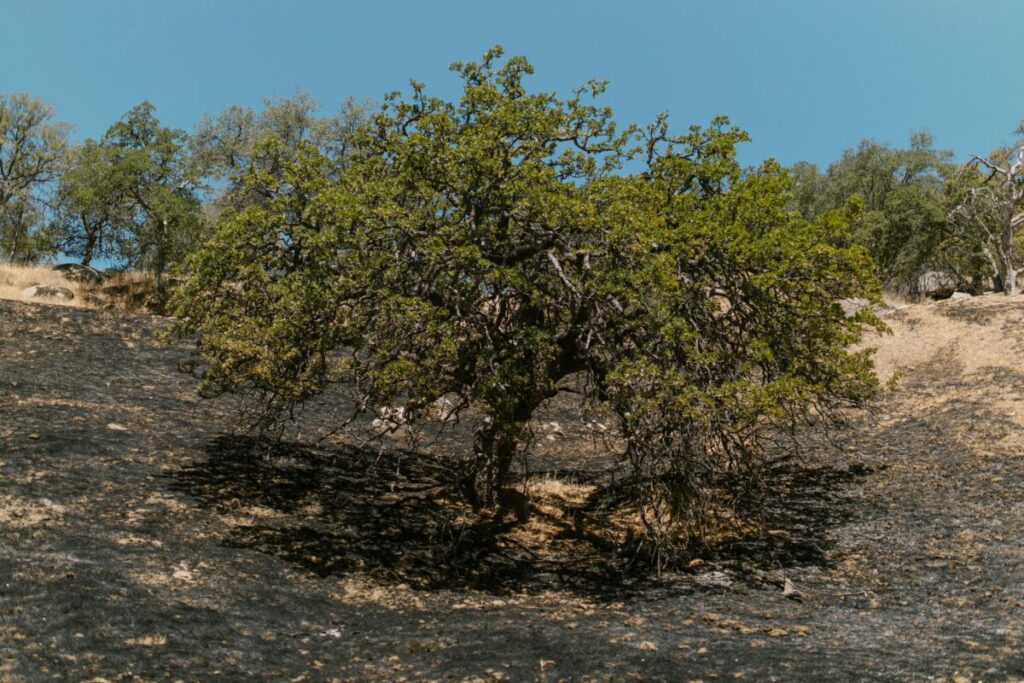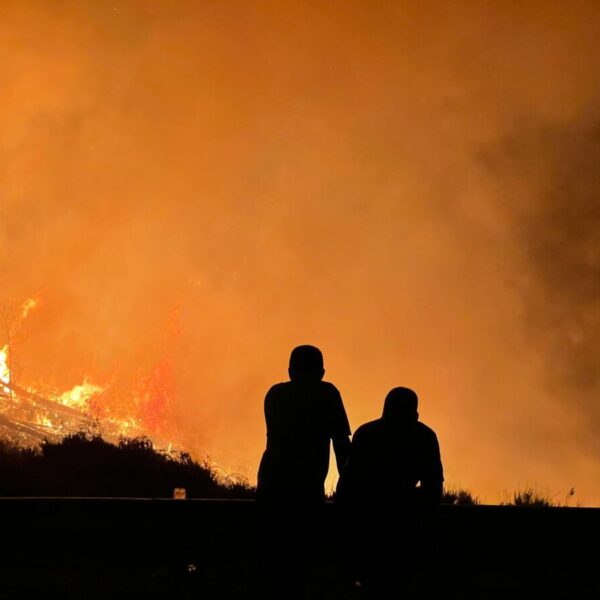The Mediterranean is burning, but it is organizing. Under the pressure of fires exacerbated by climate change, the countries of the Mediterranean basin are experimenting, innovating, and adapting. From Slovenia to Algeria, passing through Lebanon, Turkey, and Italy, strategies are evolving: water bombers, smart reforestation, agroecology, resistant plants, and ancestral knowledge intertwine. A struggle that is both local and systemic, where every tree planted, every fire controlled, becomes an act of resistance.
This article, on the fight against fires, is a summary of 3 articles published in 22-med. They can be found in the 11 languages used on the site :
After forest fires, how to make new trees more resistant? By Larisa Daugul
Bombers to save lives and forests By Tarik Hafid
Grow to protect: a green strategy against fires By Edward Sfeir
In the Mediterranean, fire is no longer just a natural hazard: it reshapes landscapes, destroys lives, and weakens territories already subjected to endemic drought. In 2022, more than 700,000 hectares went up in smoke in the European Union. But in the face of this new climatic reality, responses are multiplying. In Slovenia, it is the Karst of Gorizia that still bears the scars of the largest fire in the country's history. July 2022: 3,500 hectares burned, including 2,700 of forests. The flames encircle villages, mobilize 20,000 people, but cause no human casualties. What remains is a blackened, vulnerable landscape. Here, forest restoration becomes a priority. But not just any way.
Forest laboratories and mushrooms of the Karst
The Slovenian Forest Institute, supported by public and private partners, is testing a hybrid strategy between technology and biology. On one side, hydrogel pellets: these beads absorb water, gradually releasing it at the base of young plants, giving them a reprieve against drought. On the other, mycorrhiza: a symbiosis between fungi and roots that enhances nutrient absorption and access to water. All tested on 1,600 pedunculate oaks, divided into groups: with hydrogel, with mycorrhiza, with both, or without anything. The goal: to maximize survival chances, limit erosion, and accelerate the return of the forest. "We need forests, they protect us, they regulate the air, they stabilize the soil," emphasizes Boris Rantaša, a researcher involved in the project.
Algeria bets on the sky
Thousands of kilometers to the south, in Algeria, the fight unfolds in the air. Fires are recurrent, violent, and deadly there. Summer 2021: 90 dead, 89,000 hectares devastated. In 2022, the El Tarf fire, fueled by the sea breeze, kills 38 people in a matter of hours. In the face of the scale of these tragedies, the country is changing course. Traditional fire trucks and helicopters are showing their limits. Enter the water bombers.
Algeria is equipping itself. The choice is the Beriev Be-200, a Russian seaplane designed to scoop seawater, resistant to corrosion, and versatile. With its capacity doubled compared to Canadairs, it becomes a key asset. The first aircraft is delivered in May 2023, deployed as soon as the first heat waves hit. Result: burned areas drop from 81,000 hectares in 2021 to less than 3,500 in 2024, according to the General Directorate of Forests. Additionally, six American Air Tractors, small but effective, are capable of quickly intervening on fire outbreaks.
But the fight does not stop at the borders. Across the Mediterranean basin, the response is organized on the ground, through agriculture and reasoned reforestation. Because beyond the urgency, it is the very structure of landscapes that needs to be rethought.

Planting, cultivating, slowing the fire
In Lebanon, in the Bekaa Valley, the European project LIVINGAGRO places the olive tree at the heart of resistance. Grown in association with cereals and pastures, this emblematic tree protects the soil, reduces fire risks, while supporting biodiversity. The same principle guides BestMedGrape, which values the vine as a natural barrier: spaced foliage, maintained soils, and a buffer zone role.
In Tunisia, despite chronic drought, innovation persists. In Bizerte, the Cx6 project focuses on the carob tree. Low in flammability, producing limited litter, this tree boasts a 90% survival rate in pilot areas. Next to it, the fig tree stabilizes the soil, slows erosion.
The approach extends to Morocco, where intelligent pastoralism combines with forest regeneration. Equipped with GPS collars, goats and sheep maintain underbrush, limiting fuel around the argan tree, a symbol of the fight against desertification.
In Turkey, the project takes on a national dimension. Forests cover a third of the territory, but 60% remain highly flammable. The country is investing massively: diversifying species, maintaining underbrush, involving local populations. The goal? To intervene on any fire outbreak in less than 15 minutes.
A Mediterranean that learns to resist
Everywhere, the same levers emerge: valuing resistant species (olive tree, carob tree, fig tree, cork oak, Provence cypress), reconnecting rural populations to their lands, maintaining, diversifying, preventing. A transnational dynamic, where resilience comes through complementarity: from the sky with water bombers, to the ground with crops and reinvented forests.
Local projects thus outline a common horizon: a Mediterranean where agriculture, forest, and technologies no longer oppose each other, but unite. A Mediterranean that, in the face of flames, unlearns fatalism to rebuild resilience.

Cover photo: In the Mediterranean, fire reshapes landscapes, destroys lives, and weakens territories © Receptcelik-Pexels
